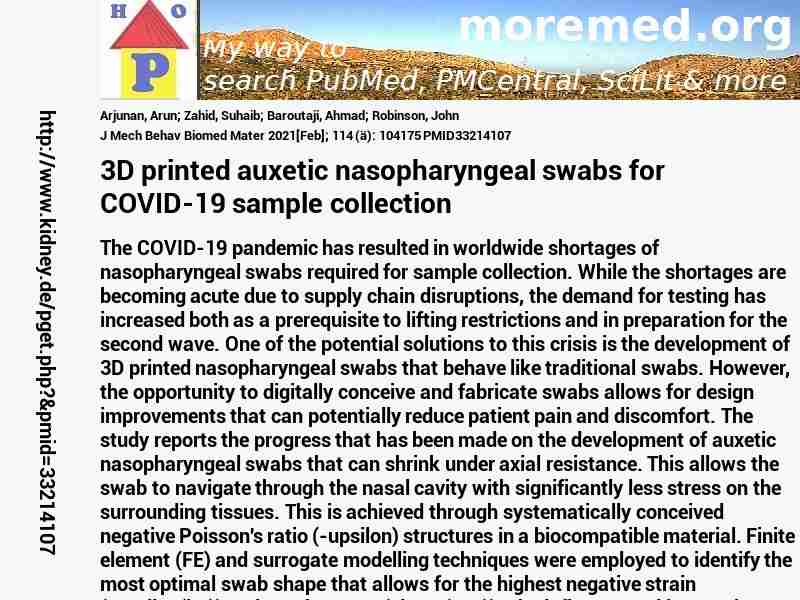10.1016/j.jmbbm.2020.104175
http://scihub22266oqcxt.onion/10.1016/j.jmbbm.2020.104175

33214107!7660972!33214107
 free free
 free free
 free free
|  
Deprecated: Implicit conversion from float 213.6 to int loses precision in C:\Inetpub\vhosts\kidney.de\httpdocs\pget.php on line 534
Deprecated: Implicit conversion from float 213.6 to int loses precision in C:\Inetpub\vhosts\kidney.de\httpdocs\pget.php on line 534
Deprecated: Implicit conversion from float 213.6 to int loses precision in C:\Inetpub\vhosts\kidney.de\httpdocs\pget.php on line 534
 J+Mech+Behav+Biomed+Mater 2021 ; 114 (ä): 104175 J+Mech+Behav+Biomed+Mater 2021 ; 114 (ä): 104175
Nephropedia Template TP
gab.com Text
Twit Text FOAVip
Twit Text #
English Wikipedia
|

 free
free free
free free
free